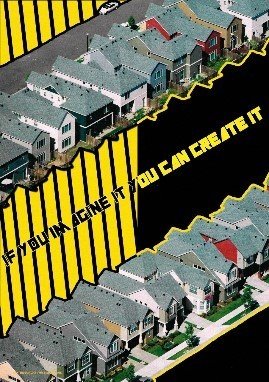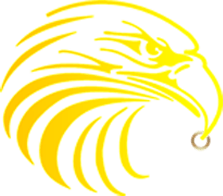Wow Factor
Graphics
Intent
In Graphics, pupils tackle design-based challenges by exploring current markets and observing how graphic design shapes the world around them.
We encourage pupils to work across traditional and digital media, combining classic art techniques with modern design and technology. Creativity, instinct, and imagination are central to the subject, and pupils are supported in developing their own original ideas from concept to outcome.
Throughout, we foster a spirit of exploration - encouraging pupils to take risks, think for themselves, and experiment with their ideas as they grow into confident and reflective designers.
Implementation KS3
Year 7 Project: House Model storage Project
Pupils look at buildings in their city and around the world. They research the work of famous architects and make a model house with a secret storage compartment. They develop measuring, folding and cutting skills along with art and illustration skills. Pupils improve their understanding of geometrical shapes and the properties of paper and card by making 3 dimensional shapes from nets.
Year 8 Project: Pop Up Greetings Card
Pupils research different themes and ideas and look at the work amazing pop-up artist Robert Sabuda. They develop their design skills., drawing skills and collage skills by making a fun character face greeting card with a pop-up inside and a matching envelope.
Year 9 Logo Design Project
Pupils look at the work of Wally Olin’s a famous brand consultant and logo designer; they are given a design brief to meet. They create a new name for the healthy food company and then come up with a slogan and logo design to feature in the marketing campaign. They develop an understanding of colour psychology, shape, typography, aesthetics and presentation within the discipline graphic design.
Implementation
Key Stage 4 (Year 10-11) GCSE Graphic Communication
 |
 |
|
The course provides students with the opportunity to develop a range of design skills that form the basis of many design careers. Students learn how to investigate and explore a range of cultural sources and graphic designers. They are encouraged to take risks. Students are asked to develop ideas from their own observations and photographs and not to copy and paste from the internet or rely on AI. They study the different areas of graphic design such as typography, image manipulation, illustration and brand identity. Students use traditional methods of design such as pencil, paint, lino printing and hand drawing as well as using computer programs such as Photoshop and PowerPoint. Pupils have access to a wide range of graphic art equipment including printers and scanners to produce their work.
Assessment is based upon a coursework portfolio and an externally set exam project.
Current graphics coursework projects are:
- Introduction to graphics Communication
- Skills workshops and Mini-projects
- Sustained project based on one of the following starting points: Fragments, Human Experience, Travel, Places & Spaces, Angles, Celebration
Exam Board: AQA
Qualification: GCSE Graphic Communication
Coursework Portfolio = (60% of the final grade) Completed in year 10 and 11.
Exam Project Folder = (40% of the final grade) Produced over approx. 8-12 weeks with 10-hour final exam around Easter time in year 11.
External Graphic Resources
- The Design Museum London
- Portsmouth City Museum
- Aspex Gallery Portsmouth
- Book: The History of Graphic design 45th edition by Jens Muller TASCHEN
- Stay Lucky Southsea: A merchandised gift shop with many graphic products to inspire.
Trips
Portsmouth City Museum – photography and research trip that covers many and varied themes, this supports both GCSE course work and the exam.
Stay Lucky Gifts – a really unique and fun gift shop on Elm grove in Southsea that sells quirky and modern graphic products such as posters, games and mugs and greetings cards. The products are designed by Luckies of London and other professional graphic designers
Careers
GCSE Graphics can lead to exciting careers such as graphic designer, illustrator, animator, product designer, architect, web designer, advertising creative, UX/UI designer, and art director. It builds creative and technical skills, providing a strong foundation for further study and careers in the design and visual communication industries.
































































